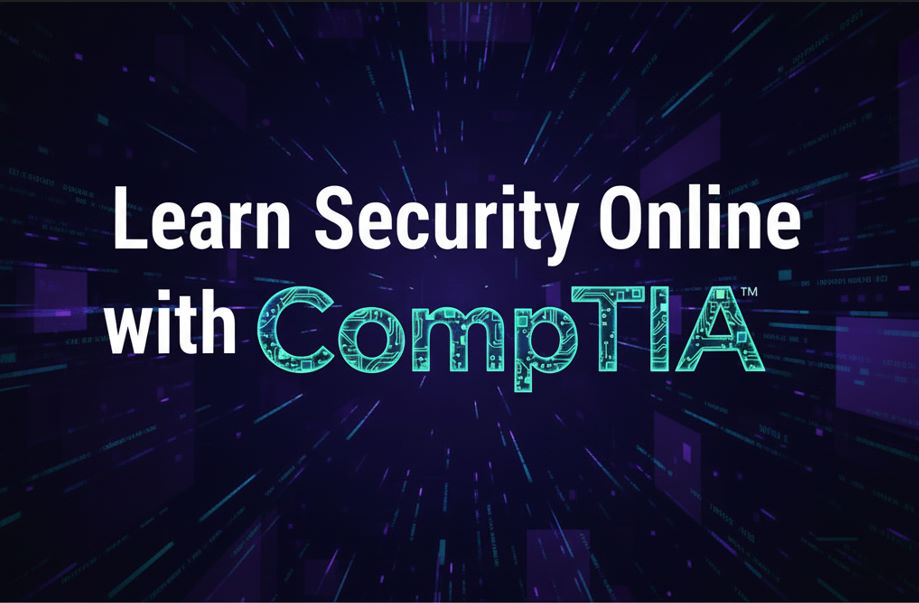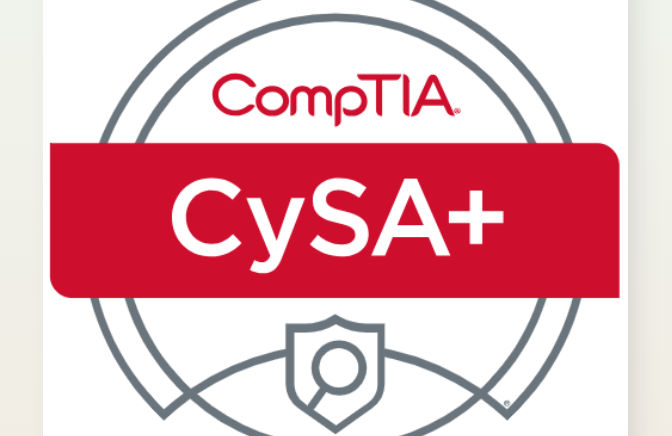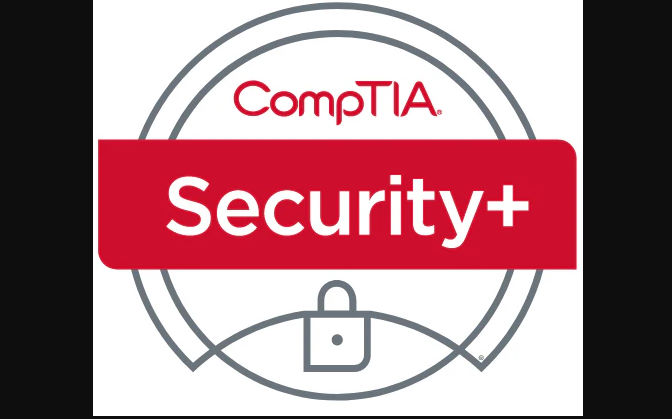How to Build a Security-First Culture: Enterprise Guide
Why security-first culture is essential
Cyber threats target every part of an organization. Ransomware, data breaches, and insider threats all exploit weak links across IT teams, HR, finance, and the boardroom. That’s why building a security-first culture—where cybersecurity knowledge and responsibility are shared at every level—is now essential for effective risk management, compliance, and business continuity.
What is a security-first culture?
A security-first culture is an organizational mindset where everyone is aware of cybersecurity risks and takes proactive steps to safeguard company assets. From security class onboarding for new hires to ongoing cybersecurity training for enterprises, each team member is empowered to respond to threats and maintain compliance with industry standards.
Why a security-first approach outperforms "IT-Only" Security
Common pitfalls of siloed security programs
Many businesses rely exclusively on IT or technical training, missing risks that arise from human error or lack of awareness outside IT. Enterprise cybersecurity best practices show that threats often begin in HR, finance, marketing, or the executive suite.
Key takeaway:
Cybersecurity must be a companywide initiative—everyone plays a part in risk reduction and business continuity.
Proven steps to build a security-first culture
-
Secure leadership buy-in
Boardroom cybersecurity isn’t a trend—executive endorsement drives cultural change. -
Launch a cybersecurity awareness program
Run security class workshops, phishing simulations, and ongoing cybersecurity training for all teams. -
Enable ongoing cybersecurity staff training
Provide upskilling IT teams opportunities using programs like the CompTIA Security+, CySA+, and Network+ certification path. -
Foster cross-department collaboration
IT, HR, legal, and compliance teams should coordinate on tabletop exercises, policy reviews, and Framework mappings. -
Embed security in daily operations
Update policies, reward staff who display best practices, and integrate security checks into project workflows. -
Track and recognize improvement
Monitor training completion rates, incident reporting, and policy adherence. Reward contributors to your security-first culture. -
Regularly review and update
Continually refine your business continuity plan and compliance requirements to stay ahead of new threats.
Cross-department collaboration: HR, IT, and Leadership
Why does it matter?
Most security incidents result from lack of training and poor communication between departments.
Tips for cross-department collaboration
-
HR: Integrate cybersecurity awareness and training into onboarding, track training progress, and update policies as job titles and responsibilities shift.
-
IT: Facilitate hands-on workshops to train online as a team, initiate advanced technical training, and maintain certification paths.
-
Leadership: Make cybersecurity a regular agenda item and align risk management strategies with business objectives.
Leveraging cybersecurity certification roadmaps
Professional certification validates your team's skills and aligns with frameworks like NIST|NICE and DOD 8140. Use a cybersecurity certification roadmap to plan advancement for staff—from entry-level to advanced roles.
Key CompTIA certifications:
-
Security+ (risk management, network security, compliance requirements)
-
CySA+ (incident response, security analytics)
-
Network+ (essential networking, foundational cybersecurity skills)
Overcoming common challenges
-
Myth buster: Only IT needs security training
Every department can be a target—awareness and education for all is essential. - Challenge: Training fatigue and low engagement
- Solution: Gamify modules, offer recognition, and align courses with actual job roles.
- Challenge: Rapidly evolving threat landscape
- Solution: Offer continual upskilling and stay connected to top cybersecurity certifications.
Frequently asked questions
Why is cyber awareness important for non-IT staff?
Non-IT users are often the target. Training them closes common attack vectors.
What certifications help foster a security-first culture?
Security+, CySA+, Network+, and Ethical Hacker Pro all play critical roles.
How can HR and leadership drive cybersecurity?
By prioritizing education, allocating resources for ongoing training, and making it an enterprise-wide KPI.
How do I measure success?
Lower incident rates, faster reporting, regulatory compliance, and more staff attaining respected certifications.
Next Steps
A security-first culture protects your enterprise, boosts compliance, and ensures long-term resilience. Start with executive buy-in, empower every department, and support your teams with up-to-date training and certification pathways.




